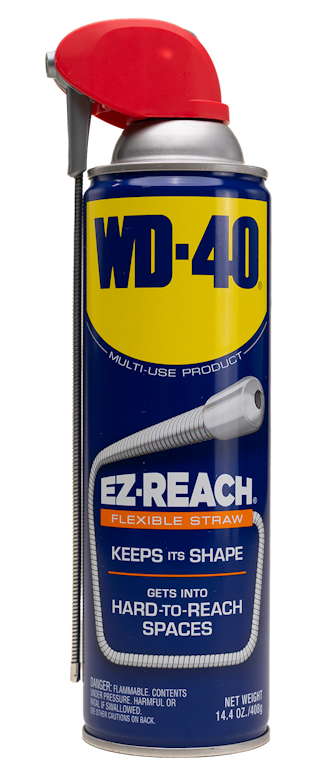4 Steps to Winterize Your Vehicle
4 Steps to Winterize Your Vehicle
<< BackExpecting your car to function properly without some attention to its winter needs is asking for trouble. While we can’t stop Mother Nature from pelting your car with hail, here are a few things you can do to protect your investment from the elements and help ensure you get from point A to point B safely during the Winter months.
1. Time for an Oil Change?
Outside temperatures can influence the internal temperature of your engine, so make sure you’re using the proper oil for the conditions. If you live where temperatures get below freezing, you may want to switch to a thinner, less viscous oil. For example, if you use 10W-30 in the summer, you can try using 5W-30 when changing your oil in the wintertime. To be safe, first consult your owner’s manual or check with your vehicle’s manufacturer.
2. Inspect the Battery
Ensure your car is ready for the winter by conducting a thorough inspection of the battery, cables, terminals and fluid. With your engine turned off, check how much charge is left in your battery – either by its built-in hydrometer or via a handheld one you can purchase. If its voltage is between 12.6 and 12.8V, it has a full charge. If it’s 12.2 to 12.4V, it has a half charge. Anything less, it’s wise to hit up your local auto parts store for a new one so you don’t get left out in the cold.
3. Pay Attention to Your Windshield
Your windshield affects your visibility in harsh weather, so it’s one part you should not overlook when winterizing your vehicle. If you haven’t changed out your wipers recently, get on it! If you’re going to be travelling a lot in inclement weather, consider selecting a washer fluid with an antifreeze solution. You can also apply products like Rain-X® or Aquapel® to help rain slide right off the windshield for better visibility.
4. Tire Talk
Depending on your vehicle and the environment where you live, you may continue to use all-season tires or consider changing to tires designed for winter weather. For places that experience extremely cold winter temperatures or frequent snowy & icy conditions, installing winter tires is recommended when winterizing your car. Rubber compounds in non-winter tires can harden and decrease in friction with the road’s surface even without the presence of ice when the temperature remains constantly near or below freezing. Winter tires resist this hardening and provide better traction in ice, snow, and even dry pavement. Whether you’re sticking with the same all-season tires or switching over for the season, be sure to check your tire pressure in all four wheels as well as the spare and have a plan in case you need to change tires on your vehicle.
Tip: Spray WD-40 Specialist® Silicone on your vehicle’s door seals and inside its locks to prevent them from freezing.
FEATURED PRODUCTS
WANT TO GET MORE TIPS AND TRICKS?
SUBSCRIBE TO THE NEWSLETTER

